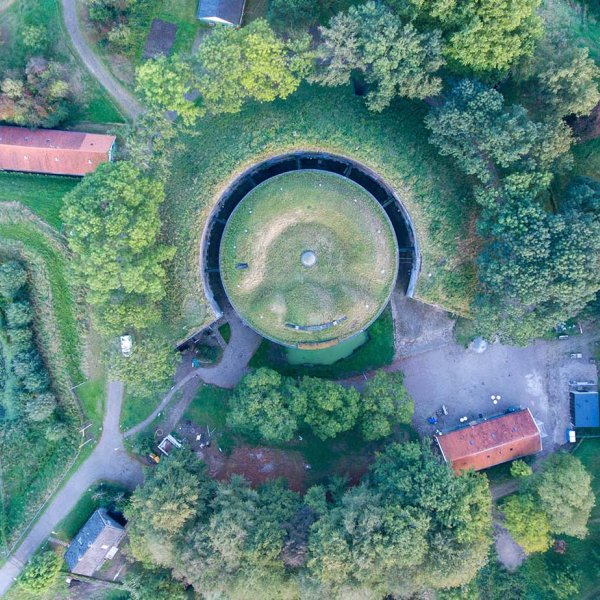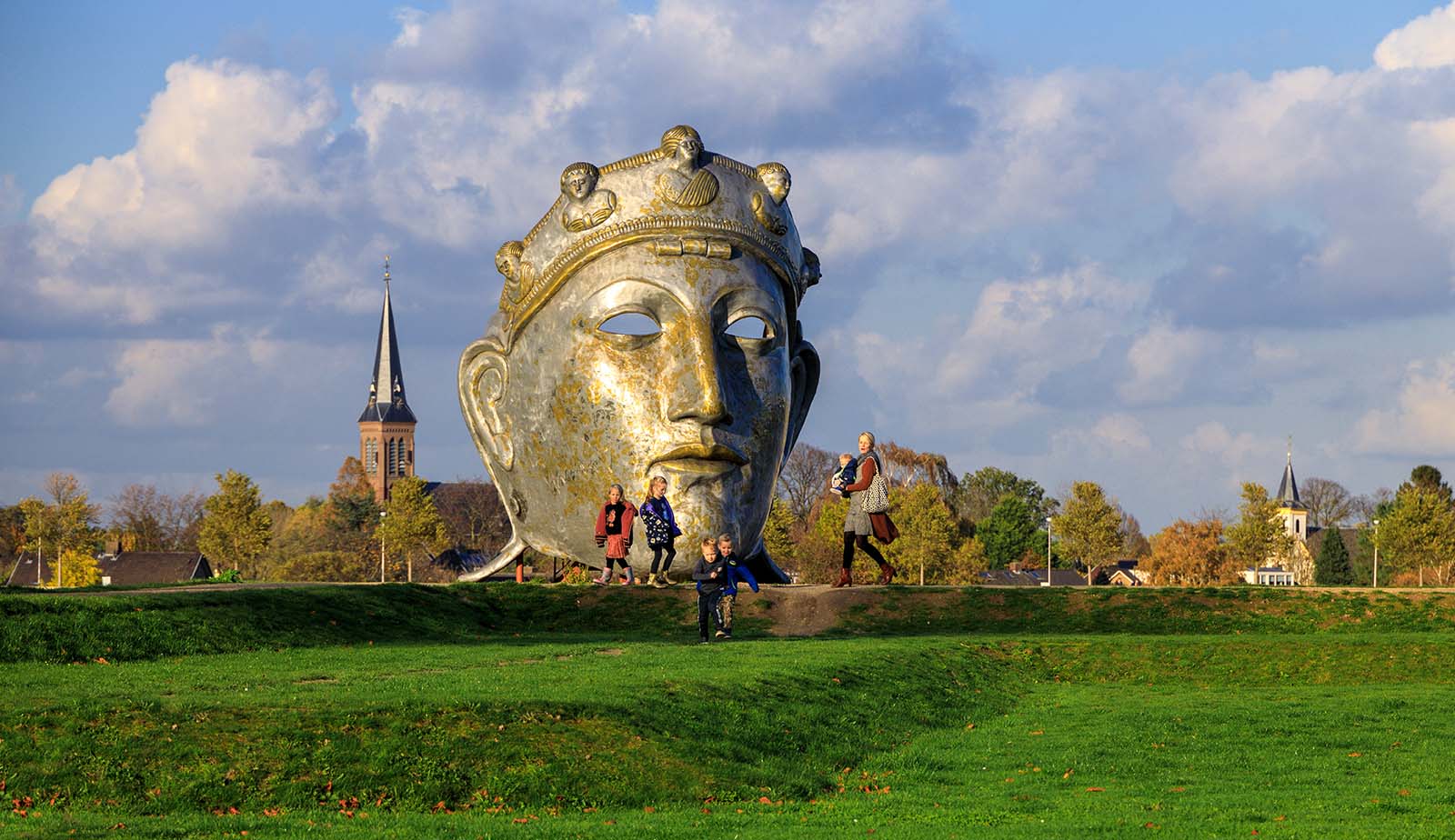
The Lower German Limes
A Roman presence in the Netherlands
Declared a UNESCO World Heritage Site in 2021, the Lower German Limes is the name given to the structures that marked the Roman Empire’s northern border. The Limes stretches through the Netherlands from Katwijk aan Zee to Zevenaar and continues across the border with Germany. There are remnants of military and daily life from that time, from massive forts and military settlements to roads, villages, cemeteries and temples. Over the millennia, the peaty soil has also preserved valuable objects such as household items, shoes, helmets and weapons that all paint a vivid picture of Roman civilisation.
A bird’s-eye view of the Lower German Limes
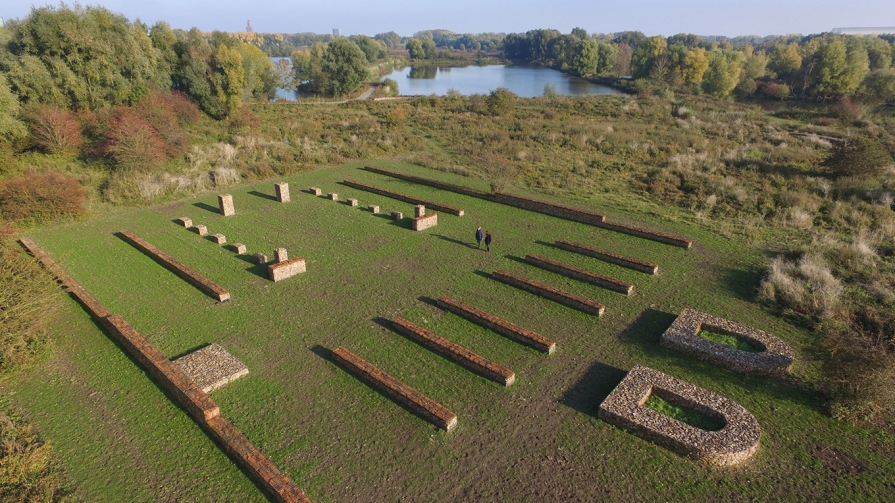
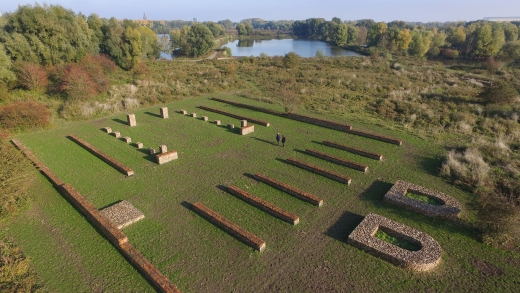
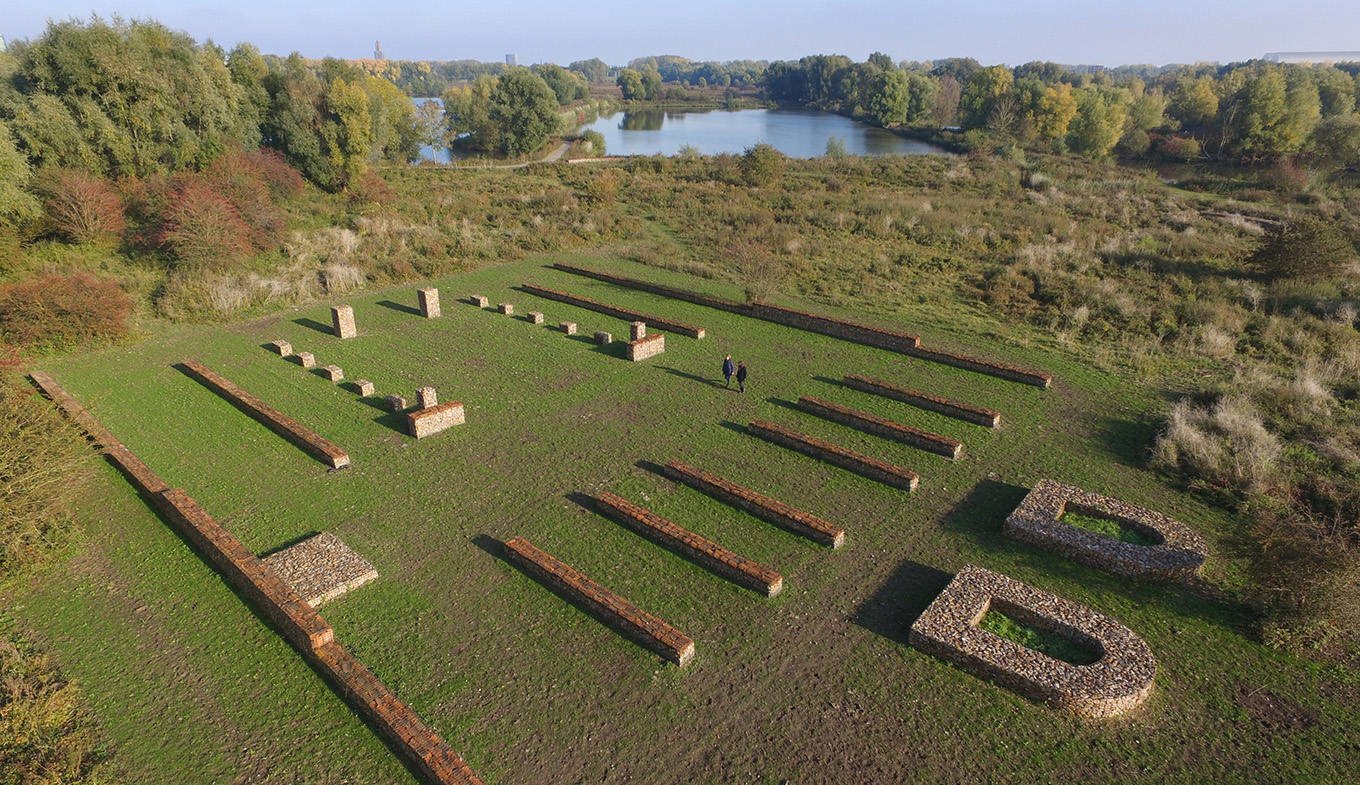
Sites of historical significance
In the Netherlands, the Lower German Limes consists of 19 clusters of archaeological structures built along the Rhine, which are visible above ground in only a few places. Digital visualisations showing what the settlements once looked like have been created in several locations. The remains offer fascinating insights into Roman military operations and the Romans’ engineering and architectural prowess. They prove that their technical knowledge – in construction, boat building, water management and defence – reached the furthest corners of their empire.
The Lower German Limes is also a source of information on the relationship between the Romans and the ancient Germanic tribes. The Romans built watchtowers, harbours and villages, where citizens and merchants settled. The detail of this infrastructure demonstrates how Roman military engineers were ahead of their time in terms of architectural design and the skill involved in establishing an army base on an area of wetland. The remains also show evidence of cultural exchange with the neighboring settlements, such as engineering techniques, agricultural development and even culinary traditions.
Travel back in time
The museums and their ever-changing exhibitions offer an immersive experience into life in the Netherlands during Roman times. Museum De Bastei in Nijmegen displays archaeological treasures including original wall fragments. Visitors can learn more about the history by visiting the exhibitions about defence, life on the river and natural history. DOMunder in Utrecht is an immersive experience that takes you underneath the square next to the Dom, where Roman ruins remain after 2000 years and light installations recreate buildings and scenes of daily life in Roman times. Archeon museum park offers a fun, educational recreation of the Netherlands throughout history. Expect soldiers in costume, see a gladiator fight, learn about ancient herbs, explore a Roman bathhouse and make your own ceramics. The Rijksmuseum van Oudheden has a permanent exhibition on the Netherlands in Roman times displaying original helmets, swords, coins, Latin scripture and bronze figurines. And don’t miss Museum Hoge Woerd, where you’ll see a 2000-year-old wooden river boat, a recreated fortress and interactive exhibits.
Learn more and get inspired
Limes.nl is a good place to begin your journey along this UNESCO World Heritage Site. You’ll even find dedicated walking and cycling routes that allow you to explore the Limes at your own pace. The website also includes dates of events and exhibitions, activities for children, videos and a wealth of information for those interested in learning even more about this special location.
